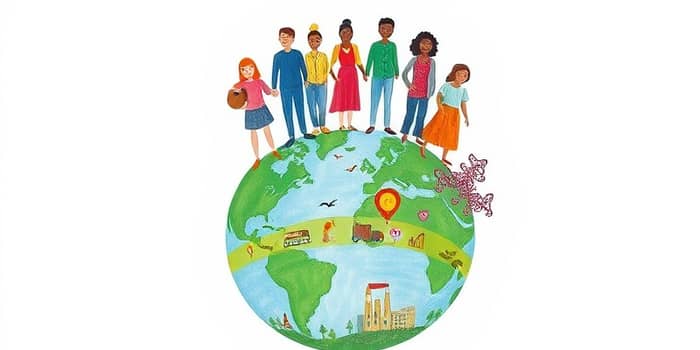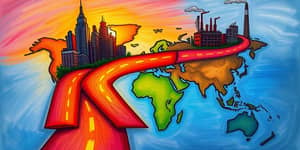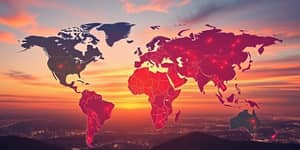
For decades, GDP has reigned supreme as the primary measure of a nation’s economic success. Yet, as societies evolve, we recognize that raw output figures fail to capture the full story of human well-being. A growing chorus of researchers, policymakers, and activists calls for metrics that transcend mere monetary value, aiming instead to illuminate social equity, environmental health, and long-term prosperity.
By exploring cutting-edge indicators alongside GDP, we can forge a path toward policies that nurture people and planet alike. This journey toward a truly holistic assessment demands that we understand the limitations of traditional measures and embrace transformative alternatives.
Gross Domestic Product calculates the total value of goods and services produced within a country, offering a snapshot of economic activity. Its simplicity and comparability have cemented its status as a cornerstone of macroeconomic analysis. However, its blind spots have become increasingly apparent:
By focusing solely on market transactions, GDP paints an incomplete picture. A booming economy might simultaneously degrade ecosystems and widen social divides, leaving communities worse off in intangible ways.
To capture a richer tapestry of progress, economists have designed several complementary indicators. Each offers unique insights into aspects of well-being and sustainability:
These tools empower policymakers to formulate strategies that prioritize both prosperity and preservation.
Developed as a response to GDP’s shortcomings, GPI recalculates economic growth by capturing what GDP misses:
The formula can be summarized as:
GPI = GDP – (Costs of crime + environmental costs + lost leisure) + (Value of household work + volunteer work)
In the United States, GPI hovered around 50% of GDP in 2019, illustrating significant environmental and social costs masked by headline growth figures. This stark discrepancy underscores the value of reframing progress.
HDI, introduced by the United Nations Development Programme, reshapes our understanding of wealth by emphasizing capabilities:
HDI = (Life Expectancy Index × Education Index × Income Index)^(1/3)
This geometric mean balances gains across health, learning, and living standards. Nations may rank high in GDP but falter in social health. HDI redirects attention to policies that foster long, educated, and prosperous lives, offering measures human wellbeing and sustainability in one elegant figure.
The Ecological Footprint translates consumption into land area, revealing whether societies live within regenerative limits. Meanwhile, IWI broadens the concept of capital:
By summing these assets, IWI offers a long-term gauge of resilience and prosperity. Countries rich in GDP but depleting forests or overexploiting fish stocks see their IWI suffer, prompting more holistic perspective on growth.
Policymakers around the world are experimenting with these metrics, harnessing data to craft targeted interventions:
Multilateral bodies like the United Nations and OECD champion these innovations through the Pact for the Future and related initiatives, seeking standardized frameworks that harmonize global reporting.
Transitioning from GDP to a portfolio of indicators is a profound shift in economic thinking. It demands robust data collection, sophisticated modelling, and, critically, the political will to embrace change.
Yet the rewards are immense: policies that deliver cleaner air, stronger communities, and enduring prosperity. By leveraging alternative metrics, societies can make transformative policy decisions grounded in reality, marching toward sustainable and equitable development goals that honor both humanity and Earth.
In the 21st century, success should not be measured solely by output but by lives improved, ecosystems preserved, and futures secured. Adopting robust alternative metrics for progress is not merely a technical upgrade—it is a moral imperative, a chance to redefine what it truly means to flourish in a shared world.
References













